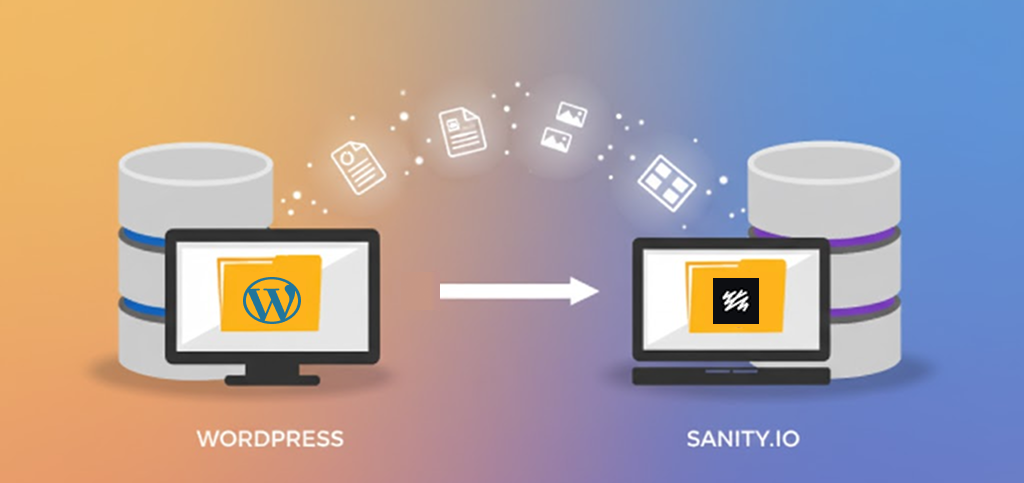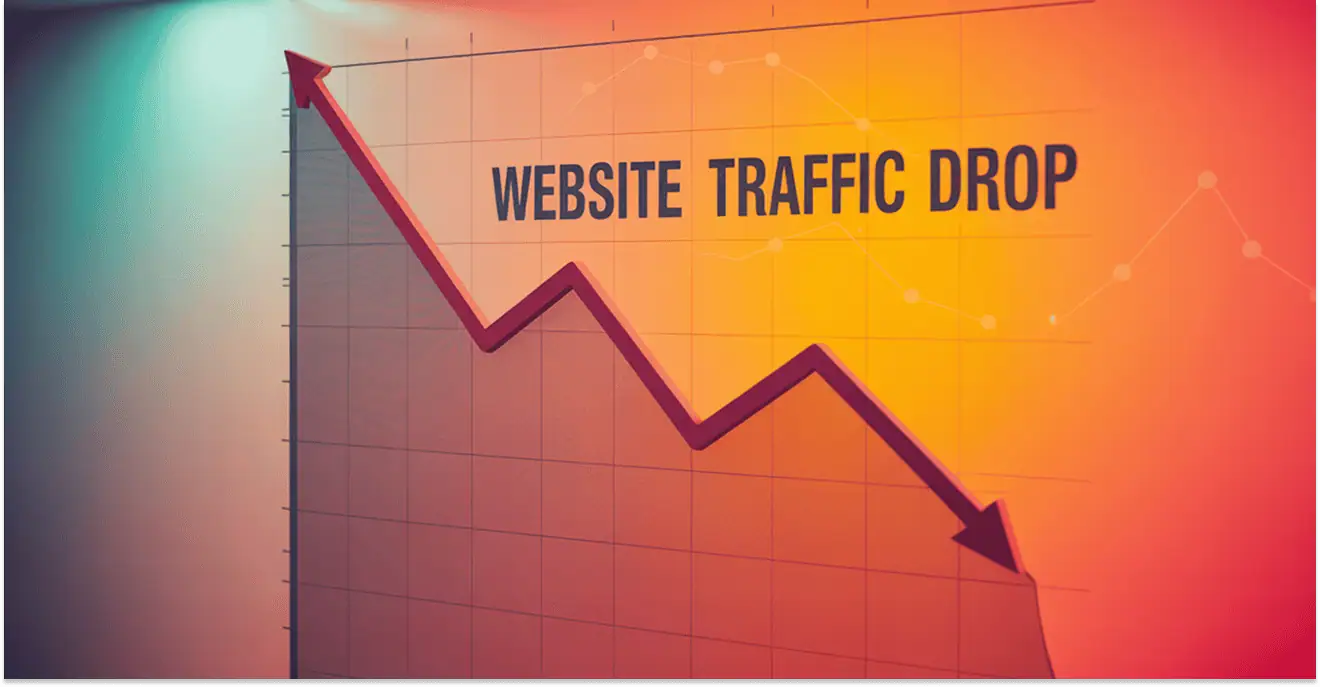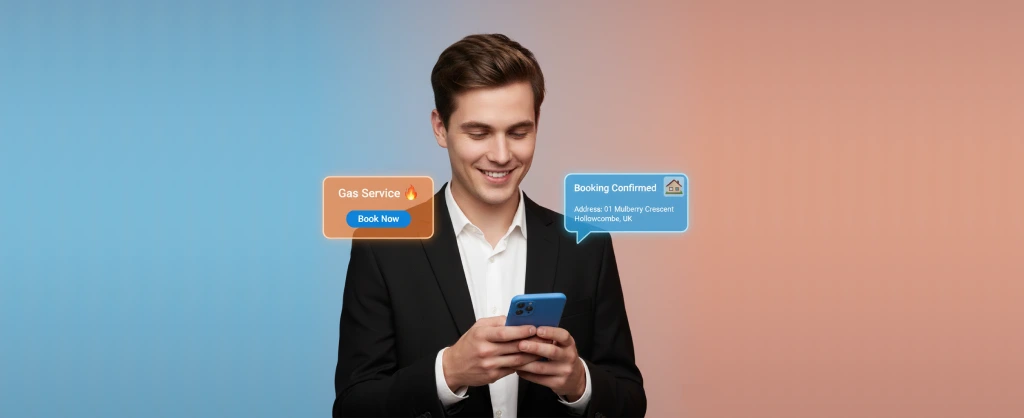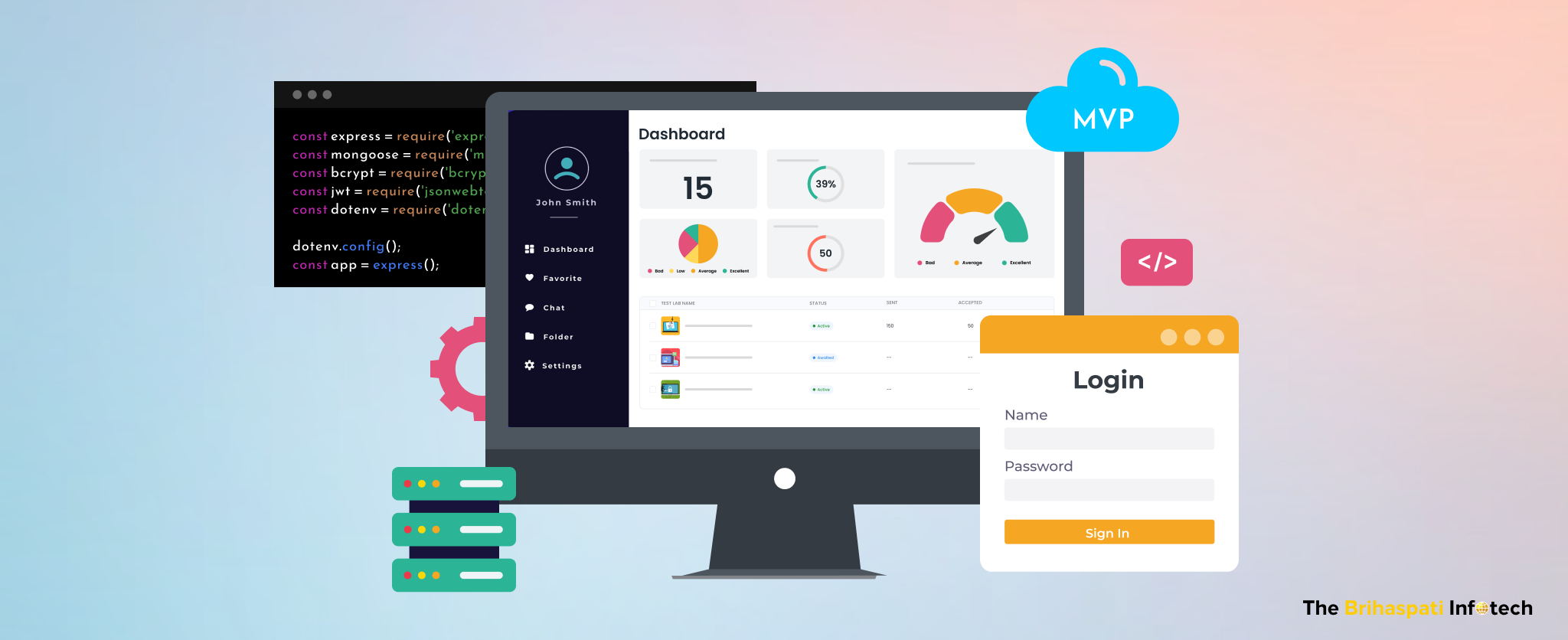
The Power of SaaS MVP Development: Launch Faster, Validate Smarter
SaaS MVP development is one of the most effective strategies to reduce risk, validate ideas, and launch faster. With over 90% of SaaS startups failing, mostly due to poor product-market fit, building a minimum viable product lets you test real demand before scaling.
At The Brihaspati Infotech, we specialize in SaaS and MVP development services that help organizations move from idea to impact quickly.
One of our standout MVPs is a search-driven testing portal, connecting users to accredited labs using intelligent filters and scientific calculators.
In this blog, we’ll explore how SaaS MVP development helps you validate faster, reduce costs, and achieve long-term success, with insights from real projects we’ve delivered using our expert SaaS development services.
SAAS MVP Development: Understanding the Core
What is a SaaS MVP?
A SaaS MVP (Minimum Viable Product) is a lean, early version of a SaaS application that delivers core functionality with minimal features—just enough to validate the concept and gather user feedback.
Instead of investing heavily in a full-scale product, businesses leverage software development services to launch a simplified version, test its viability, and iterate based on real-world insights.
Successful SaaS companies like Airbnb, Dropbox, and Slack began as MVPs.
- Airbnb started as a simple website where hosts could list spare rooms, validating the idea before scaling.
- Dropbox used a demo video to test demand before developing its cloud storage platform.
- Slack launched internally for team communication and gathering feedback before becoming a global workplace tool.
Why Your SaaS Idea Needs an MVP?
Building a SaaS MVP (Minimum Viable Product) isn’t just about launching quickly—it’s about reducing risks and making smarter decisions before full-scale development. Here’s why it matters:
- Risk Mitigation: Avoid wasting money on an unvalidated idea by testing demand early.
- Faster Time-to-Market: Bring your product to users quickly and refine it based on real needs.
- Early User Feedback & Validation: Understand what customers truly want before expanding.
- Cost Efficiency: Focus only on essential features, minimizing unnecessary expenses.
- Investor Appeal: Demonstrate traction and viability, increasing chances of securing funding.
Key Steps in Successful SAAS MVP Development
Developing an MVP SaaS requires a strategic approach that balances speed, cost efficiency, and market validation.
At The Brihaspati Infotech, we followed MVP-driven development to successfully launch a B2B SaaS platform that matches prospective clients with accredited Test Labs.
1. Discovery and Requirements Gathering
Before development began, we identified three primary user groups, each with distinct needs and workflows.
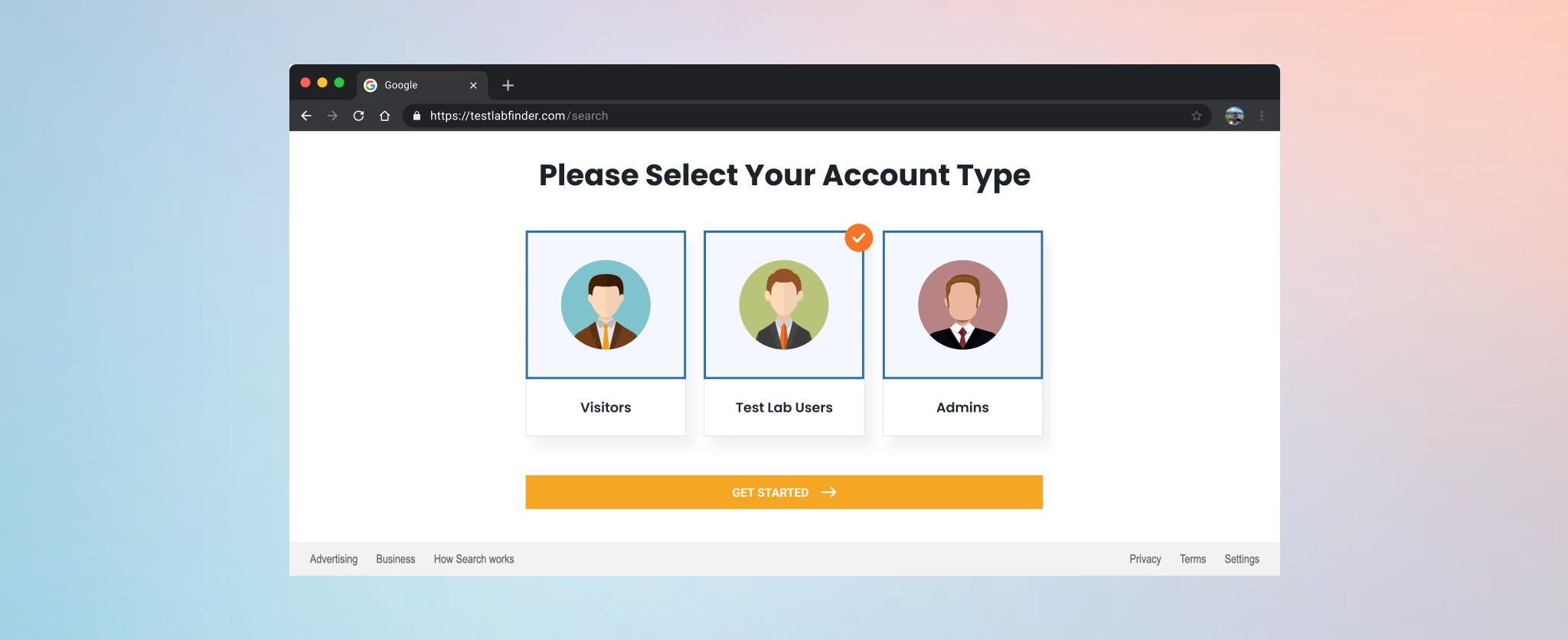
Here’s a breakdown of their roles within the platform:
- Visitors/Prospect Users: Searching for Test Labs based on testing requirements, calculators, accreditations, and equipment.
- Test Lab Users: Managing their lab profiles, equipment listings, responding to project requests, and providing quotations.
- Admins: Overseeing labs, users, test types, calculators, reports, and overall platform functionality.
MVP Objective:
Instead of building every possible feature at once, our goal was to create a lean, highly functional platform that allowed users to:
- Search for labs efficiently.
- Perform calculations to refine test parameters.
- Submit project requests seamlessly.
This early clarity ensured that resources were optimized, eliminating unnecessary complexity while delivering value.
2. Defining Core Use Cases
A well-structured MVP prioritizes critical user journeys that provide immediate utility. We mapped 45+ use cases and distilled them into key workflows that formed the foundation of the initial product.
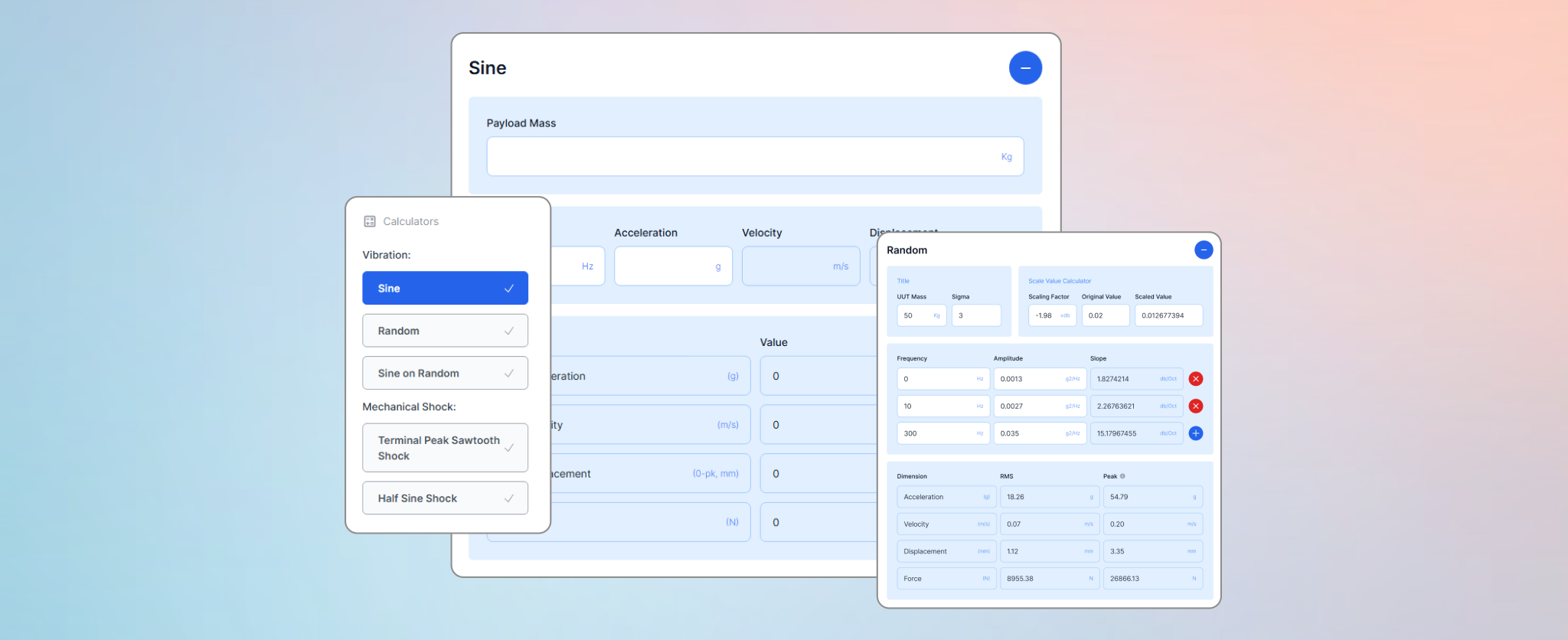
These include:
- Test Lab Discovery: Users search for labs based on filters like location, accreditation, equipment capabilities, and calculator outputs.
- Integrated Scientific Calculators: Users define project parameters through tools like Sine-on-Random and Terminal Peak Calculators.
- Multi-Step Project Creation: Users submit project requests, either logged in or as guest users, allowing a frictionless experience.
- Lab Response & Engagement: Test Labs receive projects, provide responses, and manage equipment availability.
- Admin Oversight: Management tools for handling users, labs, test types, equipment, accreditations, and system settings.
By focusing on essential workflows first, we ensured that MVP development stayed agile, scalable, and aligned with real user needs.
3. Designing the System Architecture
A well-structured SaaS MVP must be modular, scalable, and secure to support rapid growth and evolving user needs.
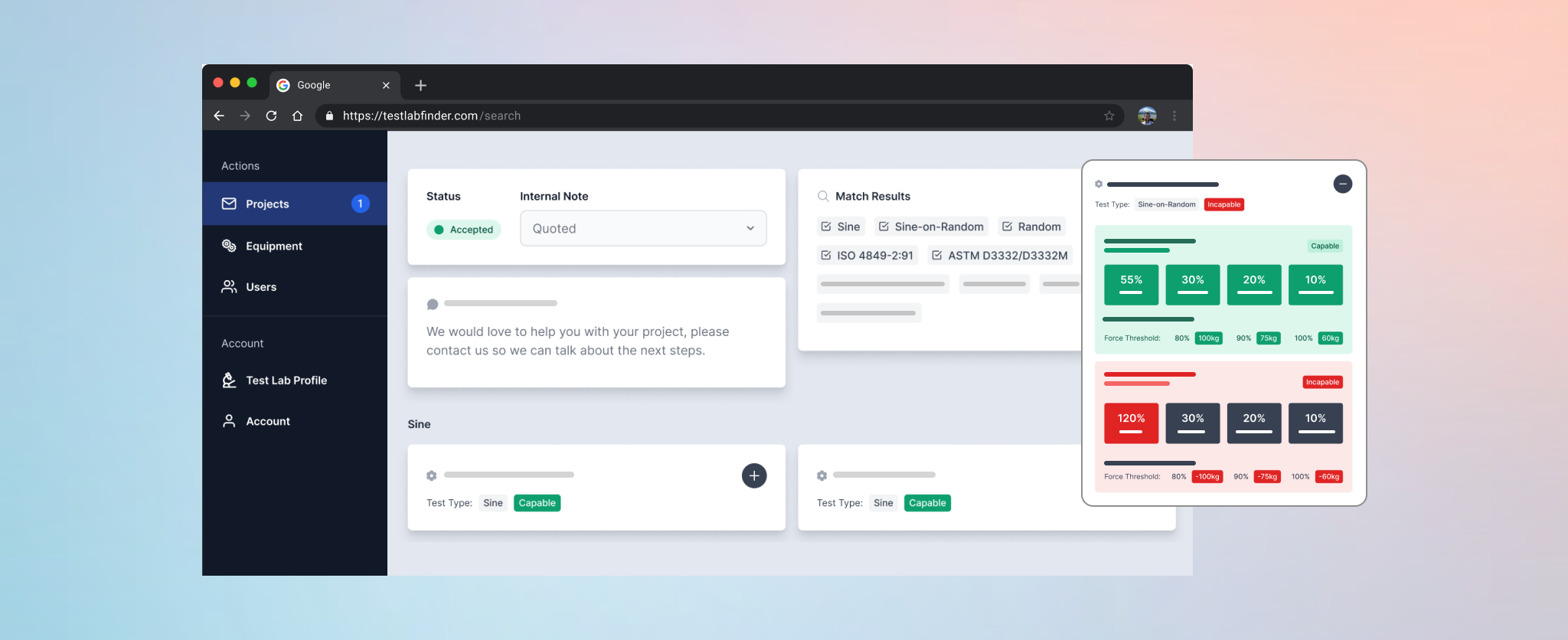
To achieve this, our architecture focused on three key principles:
- Role-Based Access Control: Ensuring distinct permissions for Visitors, Prospect Users, Test Labs, and Admins.
- Modular Component Design: Independent modules for calculators, lab listings, project creation, and admin dashboards to allow seamless future expansion.
- Tabbed Project Creation Workflow: Users could pause, resume, and modify projects, enhancing engagement and usability.
This foundation ensured a seamless transition to advanced features like automated reporting, quote tracking, and white-labeling without disrupting core operations.
4. Iterative Development and Feature Building
Instead of a monolithic development approach, we deployed agile MVP principles to prioritize key modules. This allowed us to deliver functional value quickly while continuously improving based on feedback.
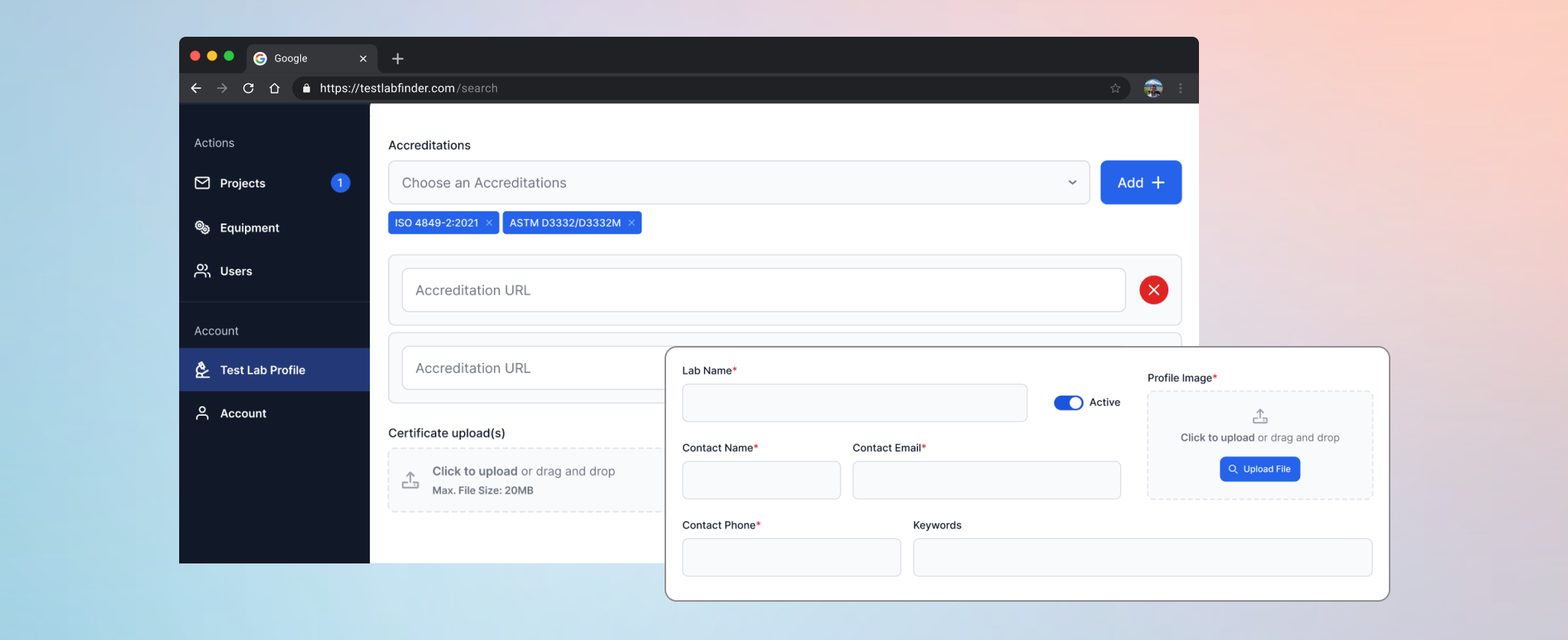
Key modules developed in this phase included:
- Frontend Web UI: Designed for intuitive navigation, ensuring non-technical users can seamlessly interact with the system.
- Project Creation & Management: Features included draft-saving, submission tracking, status updates, and direct communication between users and Test Labs.
- Admin Dashboards: Configurable tools for managing everything from labs to test types, equipment, and accreditations.
- Test Lab Portal: A dedicated space for labs to maintain their profiles, add equipment, and manage incoming project requests.
Each feature was tested, refined, and iterated upon, ensuring that early user feedback shaped enhancements before moving to the next phase.
5. Ensuring Flexibility and Scalability
A well-designed MVP should adapt to evolving business needs without requiring major rework or redevelopment. To future-proof the platform and streamline scalability, we implemented several flexibility-driven features.
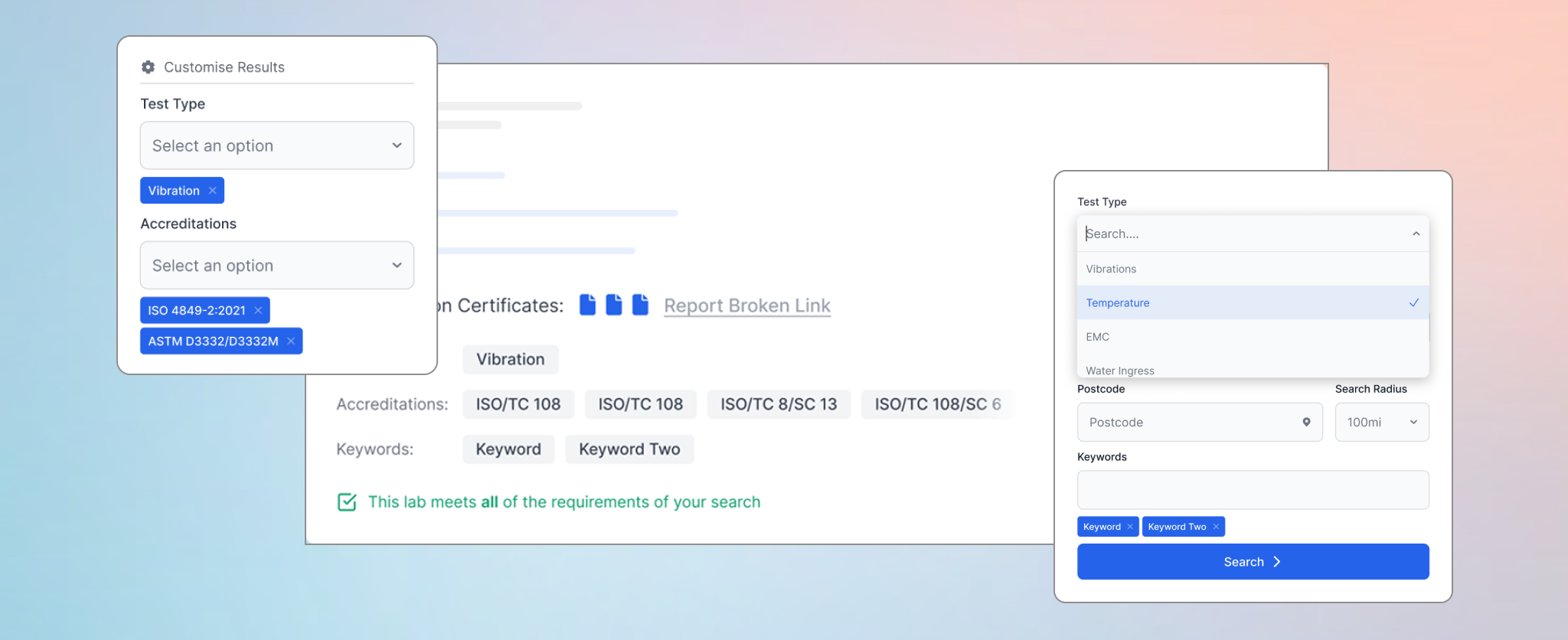
These include:
- White-Label Cloned Version: A modular version of the platform was developed for easy licensing.
- Guest Project Creation: Users could create a project without signing up, removing onboarding friction and encouraging engagement.
- Resume Projects Anytime: Users could pause and resume workflows seamlessly, eliminating workflow disruption.
- Dynamic Metadata & Admin Customization: Editable tooltips, placeholders, and metadata allowed admins to modify content without additional development work.
These enhancements ensured long-term adaptability, proving that an MVP-first approach leads to scalable, reusable SaaS solutions.
6. Final Testing and Admin Enablement
Before deployment, we conducted extensive validation to ensure the platform was robust, flexible, and user-ready across all roles.
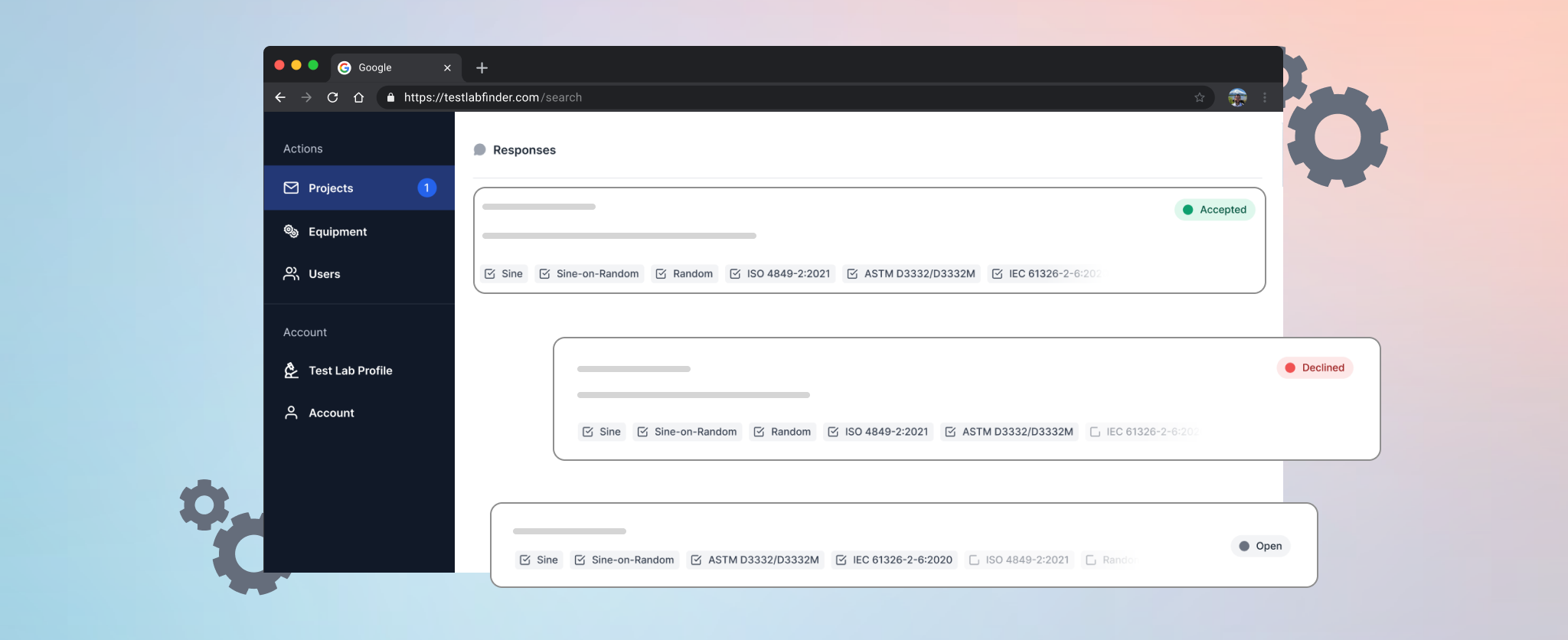
Key validation areas included:
- Seamless Role-Specific Flows: Ensuring that search, project submission, lab engagement, and admin oversight functioned correctly across all user types.
- Admin-Controlled Customization: Allowing flexible search filter adjustments, lab categorization updates, and project management tweaks.
- System Scalability & Performance Optimization: Visual indicators and backend enhancements ensured smooth functionality, even under heavy data loads.
Final testing confirmed the MVP SAAS was fully operational and ready for expansion, commercialization, and long-term success.
SAAS MVP Development: Overcoming Key Hurdles
Developing a scalable SaaS architecture for an intuitive platform for test lab discovery and project management posed several technical challenges. From designing a fast, flexible search engine to ensuring seamless user workflows and white-label scalability, overcoming these hurdles was essential for delivering a highly functional MVP.
Here’s how we tackled each challenge effectively:
1. Dynamic Lab Search with Multi-Filter Functionality
- Users needed to search and compare test labs based on multiple criteria—location, equipment, accreditations, services—without delays.
- We developed a real-time faceted search system with optimized database indexing and query caching, enabling instant, accurate results. The multi-layered filters allowed users to refine searches dynamically, even as data volume grew.
2. Structured Multi-Step Project Builder
- Visitors needed a smooth, interactive workflow to submit detailed testing requests while optionally registering or saving progress.
- We designed a multi-step, tabbed project builder with step validation, autosave, and progressive disclosure, ensuring that users could start, pause, and resume projects effortlessly. This reduced onboarding friction while maintaining flexibility.
3. Embedded Scientific Calculators
- The platform required specialized engineering calculators for test planning.
- We integrated five domain-specific calculators (e.g., Sine, Shock, Random) using modular UI components and reusable logic.
4. Admin-Controlled System Configuration
- Admins needed complete control over managing test labs, equipment types, accreditations, users, and system tooltips.
- We built a real-time admin dashboard with full CRUD capabilities (Create, Read, Update, Delete). Admins could modify system settings instantly, enforce role-based access restrictions, and generate audit-ready exports.
5. White-Label Version for Client Reuse
- The client required a branded, customizable version of the platform to onboard new clients under separate configurations.
- We built a modular white-label system that separates core functionality from client-specific branding (logos, colors, UI themes) and data, making it easy to license and adapt for various industries.
Common Pitfalls to Avoid in SAAS MVP Development
Building a SaaS MVP is a strategic journey that demands foresight—without it, even the most promising SaaS ideas can quickly go off track.
- Feature Creep: This pitfall occurs when the scope of the MVP expands uncontrollably beyond its essential core, leading to delays and budget overruns.
- Ignoring User Feedback: Failing to actively solicit and integrate insights from early users results in a product that doesn’t meet actual market needs.
- Lack of Clear Goal: Without well-defined success metrics, it’s impossible to objectively assess the MVP’s performance or validate its underlying assumptions.
- Poor Quality: Even with minimal features, a buggy or unreliable MVP frustrates users and damages initial perceptions, hindering future adoption and growth.
Building a SaaS MVP? Don’t leave it to guesswork. Reach out to our MVP SaaS development experts and get it done fast, lean, and user-focused.
Frequently Asked Questions
Instead of investing in a fully-featured platform, an MVP focuses on essential functionalities, cutting unnecessary expenses. This helps startups validate ideas before committing larger budgets, saving both time and resources.
Looking to build smart and scale fast? Explore our MVP development services and get started today.
At The Brihaspati Infotech, we specialize in building scalable, high-performing SaaS MVPs with a focus on
1. Lean, cost-effective development strategies
2. Market validation through early user feedback
3. Technical expertise in modular & white-label SaaS solutions
4. Custom-built workflows tailored for scalability
Ready to turn your SaaS idea into a powerful MVP? Discover our SaaS development services and get started today.
MVP SaaS costs fluctuate depending on factors like feature set, chosen technology stack, development team location, and complexity. But, MVP costs are leaner than full-scale products.
Ready to build smart? Schedule a consultation for your custom quote!
Depending on the complexity, SaaS MVP development can take 8–16 weeks. At The Brihaspati Infotech, we follow an agile approach to deliver fast, iterative releases with constant user feedback.
Talk to our team to map out your MVP launch strategy. Contact us
Virtually any industry—healthcare, education, logistics, eCommerce, real estate, legal, etc.—can leverage SaaS MVPs to test ideas and digitize services with minimal initial investment.
Want a tailored MVP roadmap for your industry? Contact us today!
Build Smarter, Scale Faster with SaaS MVP Development
Building a SaaS MVP isn’t just about getting a product to market quickly—it’s about validating ideas, minimizing risks, and ensuring long-term success.
At The Brihaspati Infotech, we specialize in SaaS and MVP development, helping businesses build lean, scalable platforms that maximize efficiency and accelerate growth. Want to develop a SaaS MVP with a team that understands scale and efficiency? Contact us
Stay Tuned for Latest Updates
Fill out the form to subscribe to our newsletter



